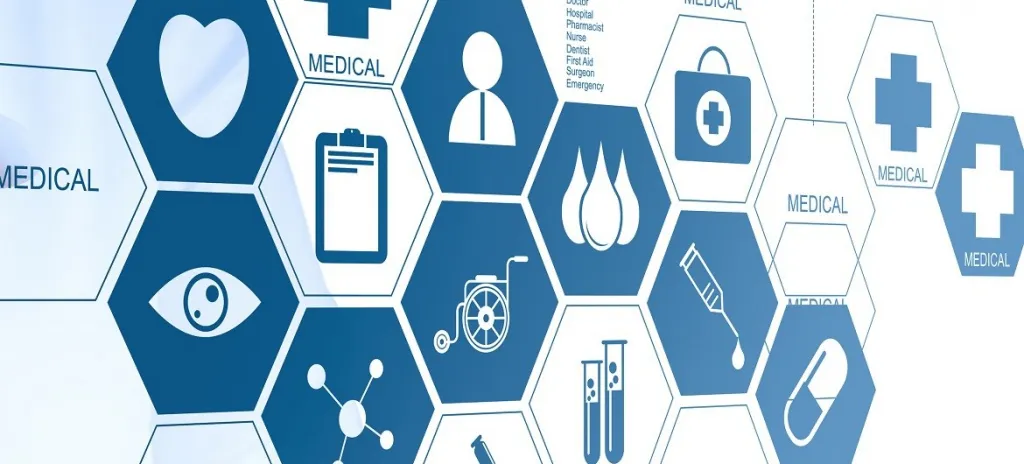Diabetes technology is appearing vertiginously and is allowing to optimize and make the monitoring and treatment of diabetes mellitus more efficient.
Within the framework of the XXIX National Congress of the Spanish Society of Diabetes, which is being held in Oviedo, there have been several communications and presentations that reflect the progress achieved in this field.
“Medical professionals and people with diabetes must have sufficient knowledge about available diabetes technology;Only in this way its application will facilitate the management of diabetes and improve the motivation and adherence to the treatment of patients, ”said Dr. Pilar Martín-Vaquero, specialist in endocrinology and nutrition and director of the director of the medical center D-Médical (Madrid).
Now, he clarifies, "applying new technologies requires that it be done in a protocol way."However, it is an unstoppable reality and, in his opinion, "to obviate new technologies is to do without unquestionable advances in patient care."
Innovations that are a reality
Current diabetes technology, which begins to be a reality in the clinical management of diabetes in daily practice, are automatic insulin administration systems, known as "artificial pancreas."These devices incorporate a bomb that emits insulin (and/or glucagon) depending on the glucose that the sensor captures at all times.These sensors are properly programmed with mathematical algorithms to respond to the glycemia levels that are at all times.
Thus, as Dr. Martín-Vaquero emphasizes, “these devices are able to stop insulin emission in the face of the forecast of hypoglycemia, resuming the emission when the sensor captures that blood glucose rises again”, although they have not yet reachedEurope more sophisticated systems that accumulate other additional functions.
In Europe there are some inconveniences for the introduction of these technical progress.While most United States insurers reimburse the costs of pumps and glucose sensors for people with type 1 diabetes, the situation is different in the old continent.In EU countries the infusion pump is practically included in most health services, but the same does not happen with glucose sensors, which are reimbursed in very few countries.
"This heterogeneous coverage reflects the few clinical evidence of the Cost-Benefice studies that are currently," admits Dr. Martín-Vaquero.Therefore, it points, “it is essentialin your quality of life. "
And, in general, according to Dr. Pilar Martín-Vauque, renal, nervous and large coronary, peripheral and carotid vessels) ”.
In fact, in many cases the main promoters of the inclusion of these new technologies in daily practice are being the patients themselves.“They are the ones who have promoted their attention teams to enter these new technologies;They have sued their professionals, and they have had no choice but to start using them, ”says Dr. Martín-Vaquero who, in any case, acknowledges that“ Spain has been especially lazy to join these advances, but inThese moments is already unstoppable. ”
more efficient monitoringof glycemia
Specifically on the efficient monitoring of glycemia in type 2 diabetes has focused its conference on this Congress Marcos Pazos, nurse of the Technology Unit in Diabetes Service of Endocrinology and Nutrition Complex Hospital University of Santiago de Compostela (A Coruña), who hasProvided existing clinical use and evidence in relation to the different glucose measurement systems in patients with type 2 diabetes. In this area, according to, "the main innovation is the continuous monitoring systems of interstitial glucose."
And it is that the trends of the near future in regards to the monitoring of glucose in people with diabetes are directed towards the extension and generalization of continuous measurement, accompanied by new tools and applications that integrate other variables (physical activity, food, food,health status ...) to help the professional and, above all, the patient to the management of the data.
The objective, as Marcos Pazos points out, “is to know what information we provide the different existing devices for glucose control in patients with type 2 diabetes and how to get the greatest possible performance: for the patient's selection and the most measurement systemappropriate to each case, to improve the educational process, to optimize data analysis ... ”.All this, in addition, must be accompanied by “structured diabetological education programs, that allow the patient and/or their relatives/caregivers to make decisions related to the control of glucose correctly,” advises this expert.


